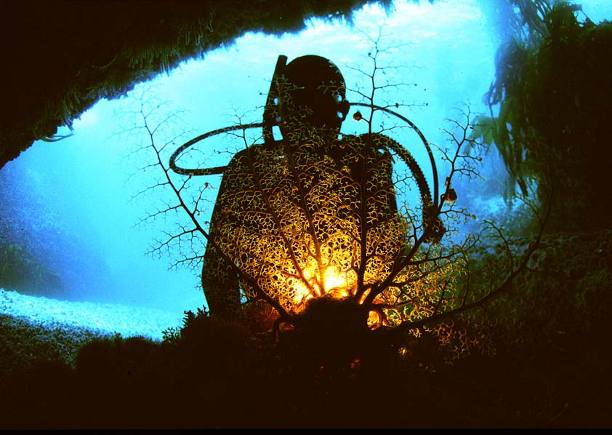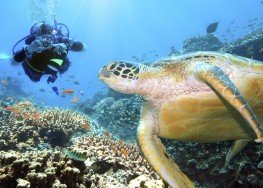
Newquay, Cornwall
Newquay is a town, seaside resort and fishing port in Cornwall, located on the North Atlantic coast of Cornwall. If you want to get a whole new underwater experience, then join the Newquay scuba diving teams.
Home > WATER SPORTS > Scuba Diving > Cape Town, False Bay
Cape Town still has a great deal to offer to divers. Diving here is open to all levels, from macro-life lovers to ship-wreck lovers. Dive sites range from 6-30 m/19-98 ft. Shore entry dives would normally range from 6-15 m/19-49 ft and boat dives from 15-30 m/49-98 ft. The Cape waters boasts colourful marine life and amazing ship wrecks from recent to vintage with each one telling their own stories.
In most cases, Cape Town can experience all four weather seasons in a day and due to the fact that it is a peninsula, it means that one side is constantly off-shore thus offering better visibility than the other. You would have 2 options of diving in Cape Town,
The Atlantic side or toward False Bay. The Atlantic is mainly dived during the summer months of October to February with water temperatures at an average of 13°C/55.40°F and visibility at approximately 10 m/32 ft. Diving at this spot requires good quality 2 piece wet-suits of about 7 mm/09⁄32 in.
The False Bay side on the other hand is mainly dived during winter from March to September with water temperatures between 12- 18°C/53.60-64.40°F and visibility at an approximate of 6 m/19 ft. Recommended diving gear is 7 mm/09⁄32 in 2 piece wet-suits and for wreck divers, a torch would come in handy so as to have maximum view of the colorful under-water life!!

Newquay is a town, seaside resort and fishing port in Cornwall, located on the North Atlantic coast of Cornwall. If you want to get a whole new underwater experience, then join the Newquay scuba diving teams.
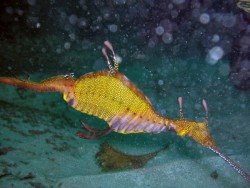
Perth is the capital city of Western Australia, located on the Swan River. The climate here is classified as Mediterranean, with hot and dry summers and cool and wet winters. Immerse yourself in the unique combination of stunning natural surroundings, beautiful beaches with clear waters, greenery park-lands and outstanding city architecture that attract visitors all year long.
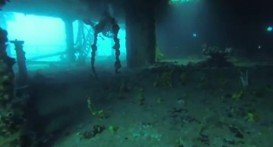
The Virgin Islands of the United States, or the U.S. Virgin Islands lie in the Caribbean Sea, east of Puerto Rico. This group of islands consist of the main islands of Saint Thomas, which is home to the capital city of the U.S. Virgin Islands, Saint John, Saint Croix, Water Island and other surrounding minor islands.The climate here is classified as tropical savanna climate, mostly affected by moderate trade winds.
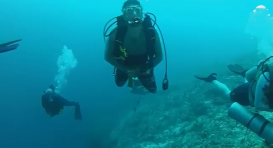
Paje Beach, lying on the east coast line of Zanzibar Island, part of Tanzania, is considered an excellent scuba diving spot worldwide, due to its perfect weather and open sea conditions, resulting of its proximity to the Equatorial.
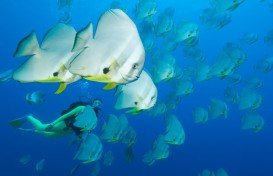
Clovelly is a beach-side suburb of Sydney, at about 8 km/4 mi in the south-east of Sydney's CBD (Central Business District).
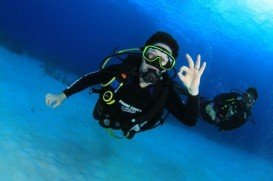
Pulau Tiga is located at 48 km/30 mi in the south of Kota Kinabalu and became well known due to the "Survivor" series, hosting the setting of "Survivor Borneo", the first American season of the show. Scuba diving in Pulau Tiga is open to all levels of divers and is a prime location for macro lovers and underwater photography. The spot is believed to have been formed by the eruption of several mud volcanoes and is at 100 m/328 ft above sea level.

Whyalla is located on the western shore of upper Spencer Gulf, at around 394 km/244 mi in the northwest of Adelaide, in South Australia. The Whyalla Mud Wreck is an easy dive site, with a lot of marine life. Entry is from the beach, right next to the Whyalla Marina.
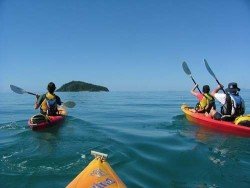
False Bay is a body of water characterized by Cape Hangklip and Cape Peninsula, located in the South-West of South Africa. The bay is 30 km/18.7 mi wide, offering a Mediterranean climate with warm, dry summers and wet damp winters. The east and western shores of the bay are rocky and mountainous with visible peaks rising from the waters, while the northern side comprises a long curving beach.

The Overberg is a region of immense beauty and characterized by amazing and diverse landscapes. It forms part of the Western Cape as it stretches from the Hottentos-Holland Mountains in the north while in the southern, the Atlantic and Indian Ocean break on to sandy beaches and rocky headlands. The spot enjoys a Mediterranean climate with warm dry summers and cool wet winters.
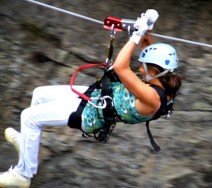
Cape Winelands is an area of vast vines and vineyards as the name suggests. Situated in the north east of Cape Town, it constitutes fertile green valleys, towns and villages surrounded by proud mountains. It is characterized by Mediterranean Climate and the winter rain contributes to the famous wine production which can be found in most of the world's corners.
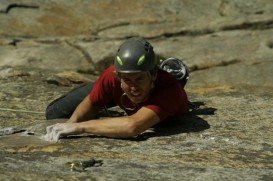
Cape Winelands is an area of vast vines and vineyards as the name suggests. Situated in the north east of Cape Town, it constitutes fertile green valleys, towns and villages surrounded by proud mountains. It is characterized by Mediterranean Climate and the winter rain contributes to the famous wine production which can be found in most of the world's corners.

Without doubt, Cape Town is one of the most beautiful cities in the world, boasting striking mountains, a long stretch of the Atlantic Ocean coastline and an intriguing working harbour. Located at the shores of Table Bay in the Western Cape province of South Africa, it enjoys an ocean Mediterranean climate with mild moderately wet winters and dry warm summers.

Langebaan Lagoon is situated at 120 km/74 mi north of Cape Town and stretches at 20 km/12 mi in length and 4 km/2.5 mi wide. Unlike other lagoons, Langebaan is pure salty water. The white sandy beaches and crystal clear waters are just breathtaking whether it is sunny or cloudy.
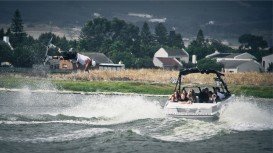
Without doubt, Cape Town is one of the most beautiful cities in the world, boasting striking mountains, a long stretch of the Atlantic Ocean coastline and an intriguing working harbour. Located at the shores of Table Bay in the Western Cape province of South Africa, it enjoys an ocean Mediterranean climate with mild moderately wet winters and dry warm summers.

